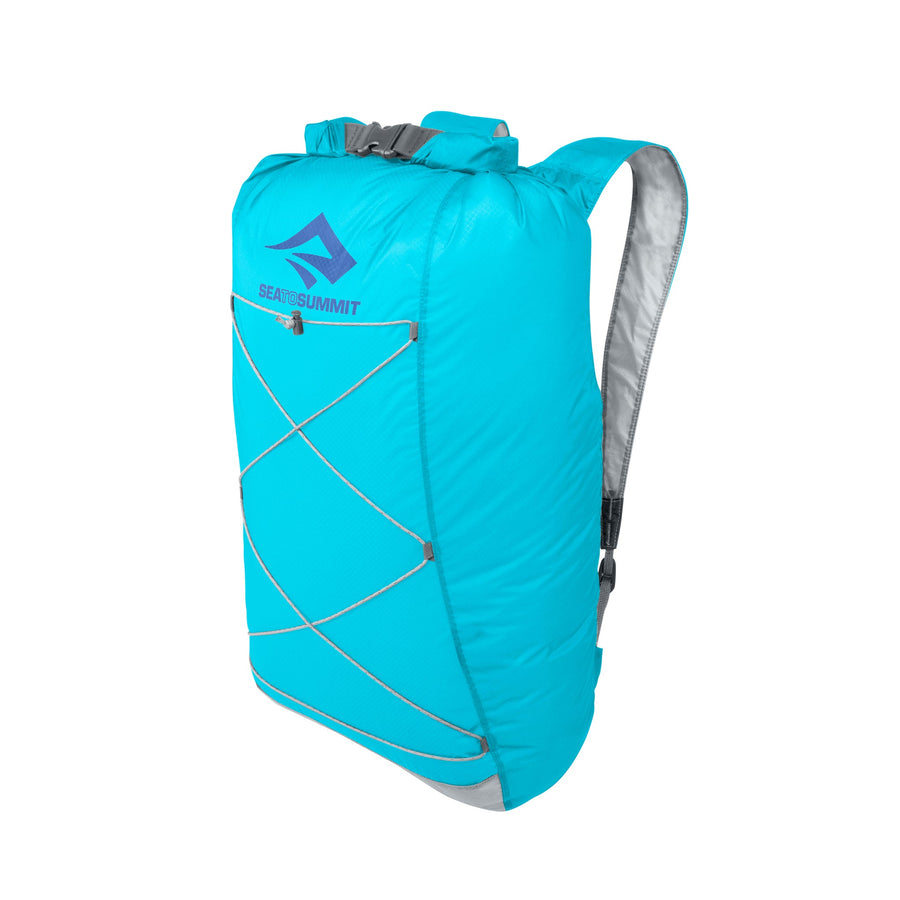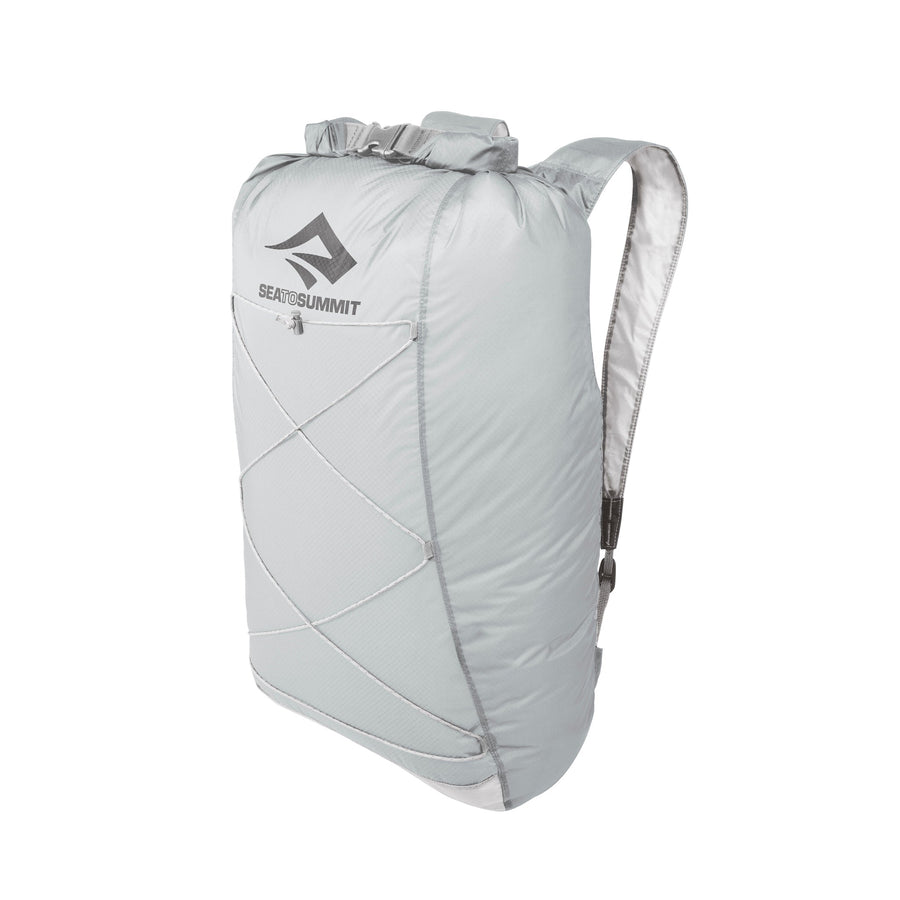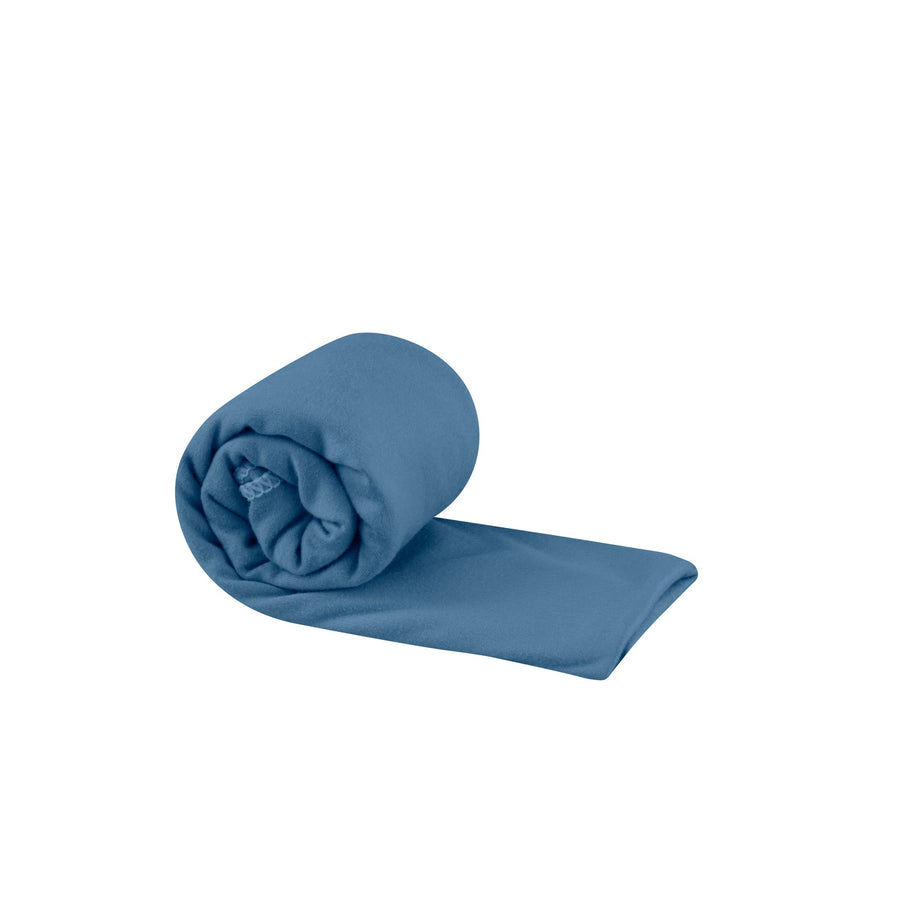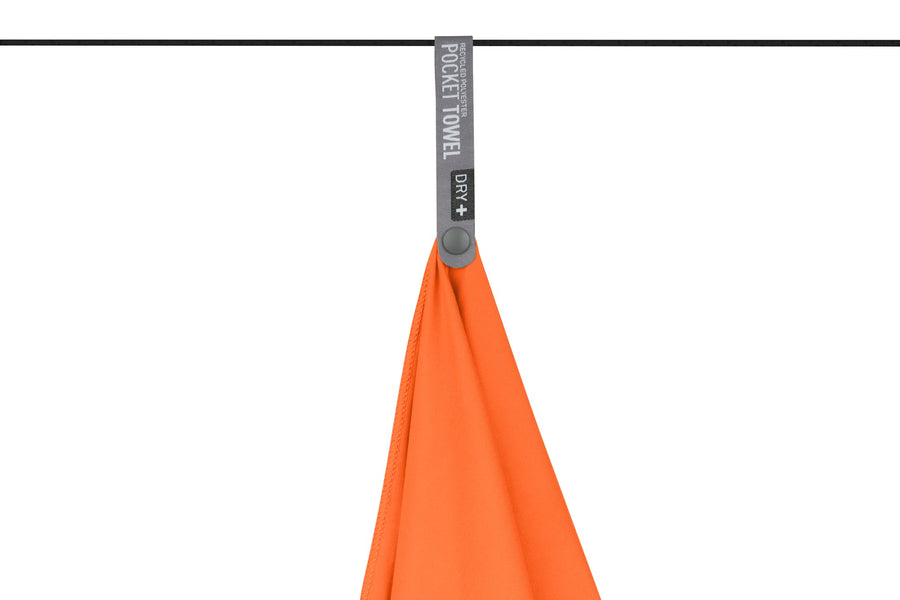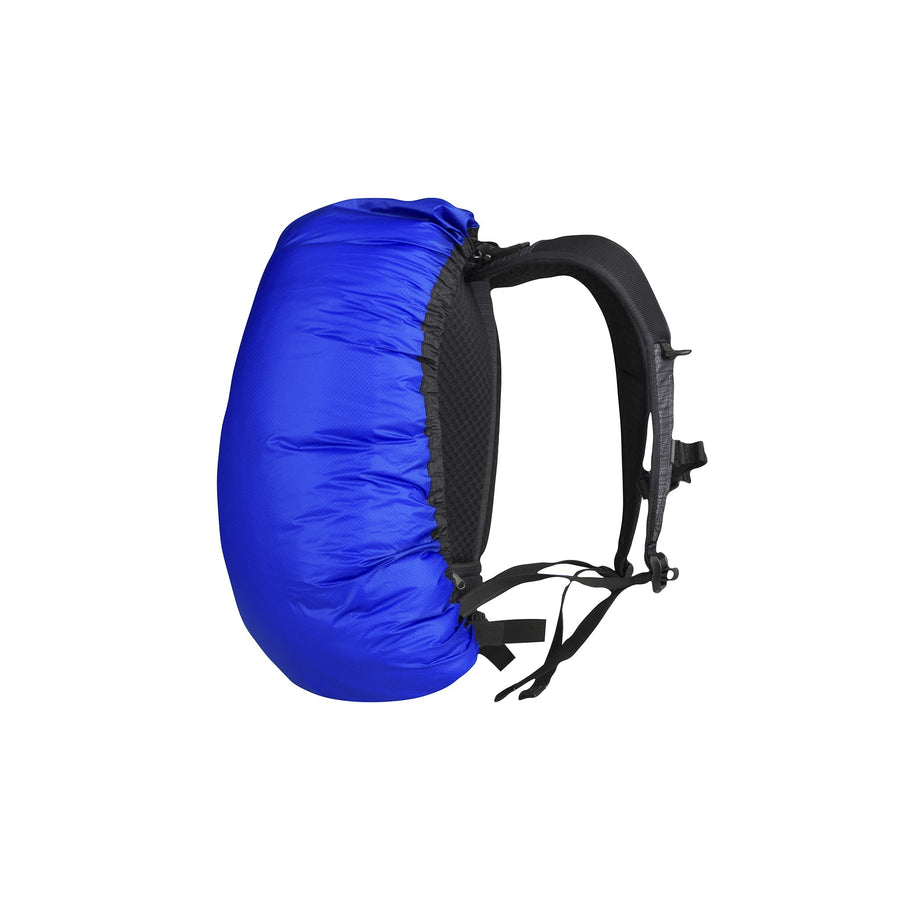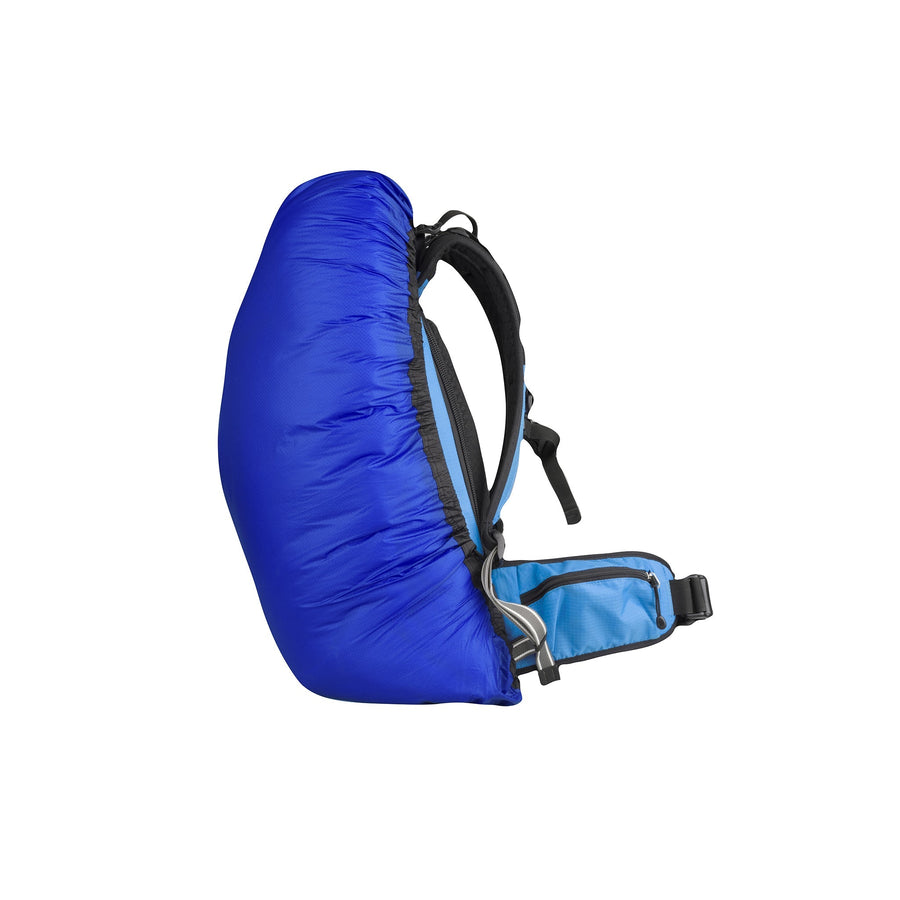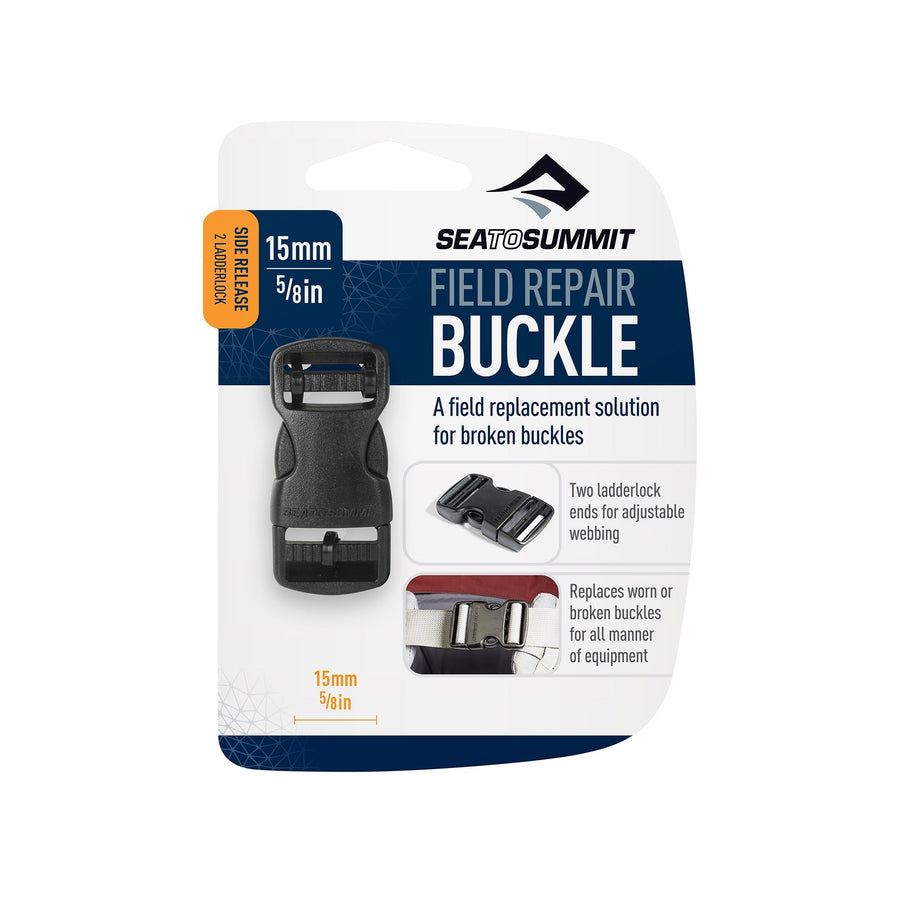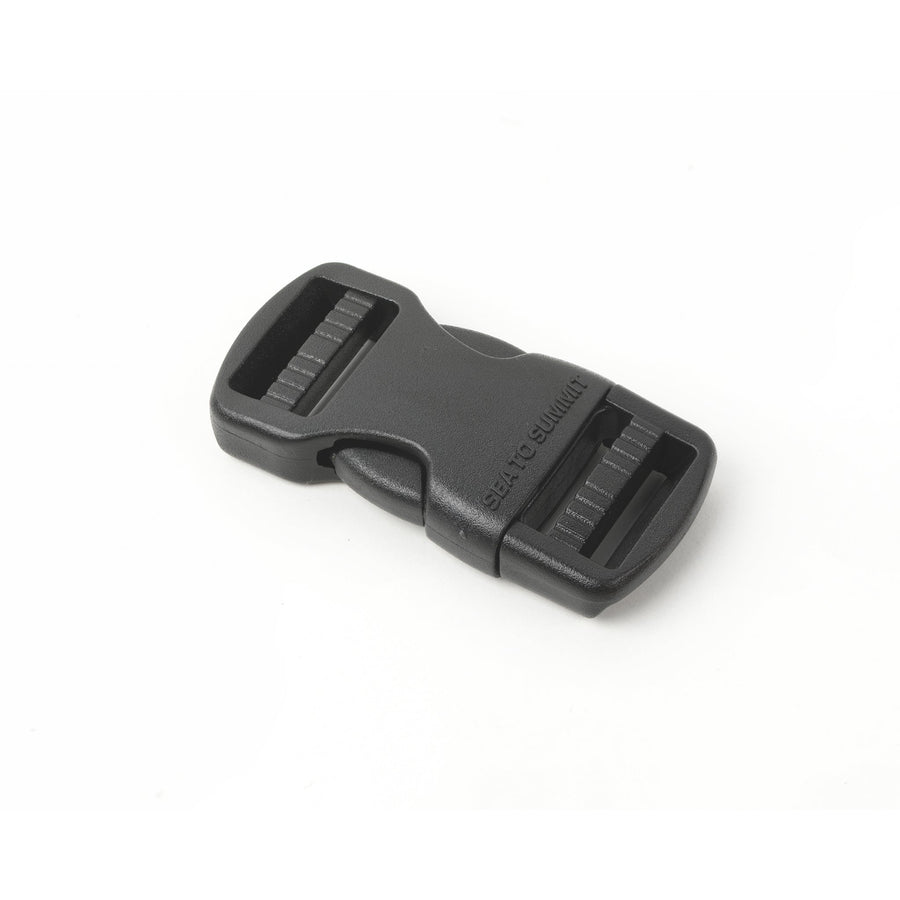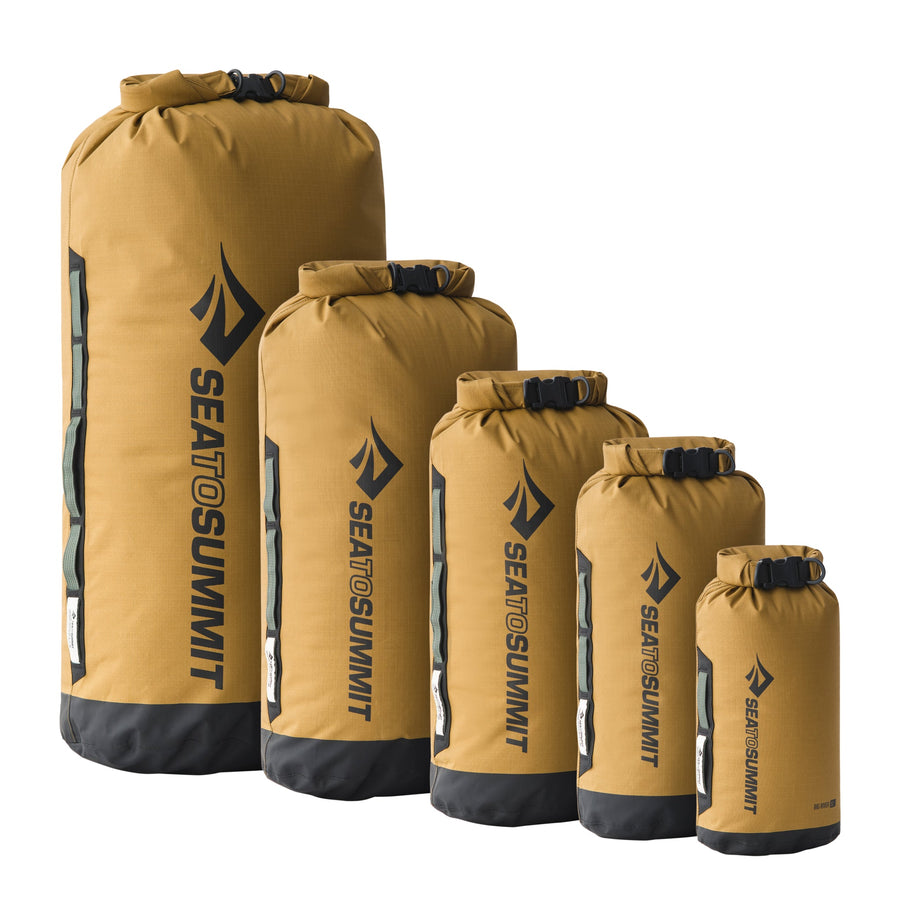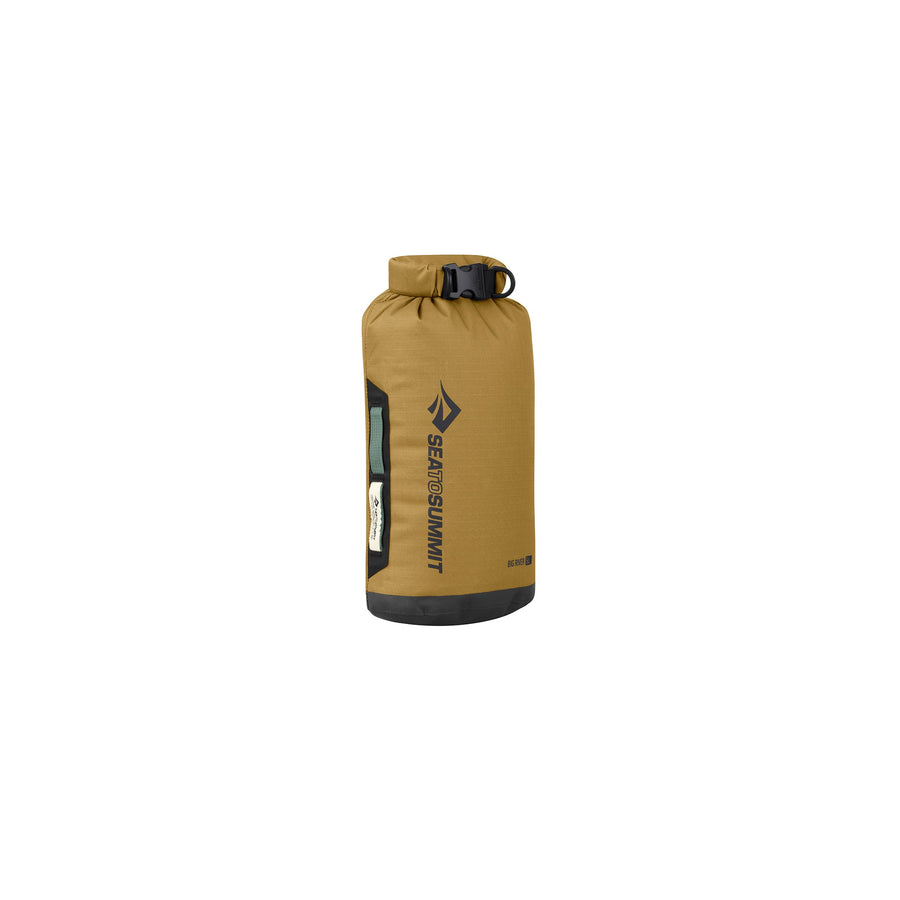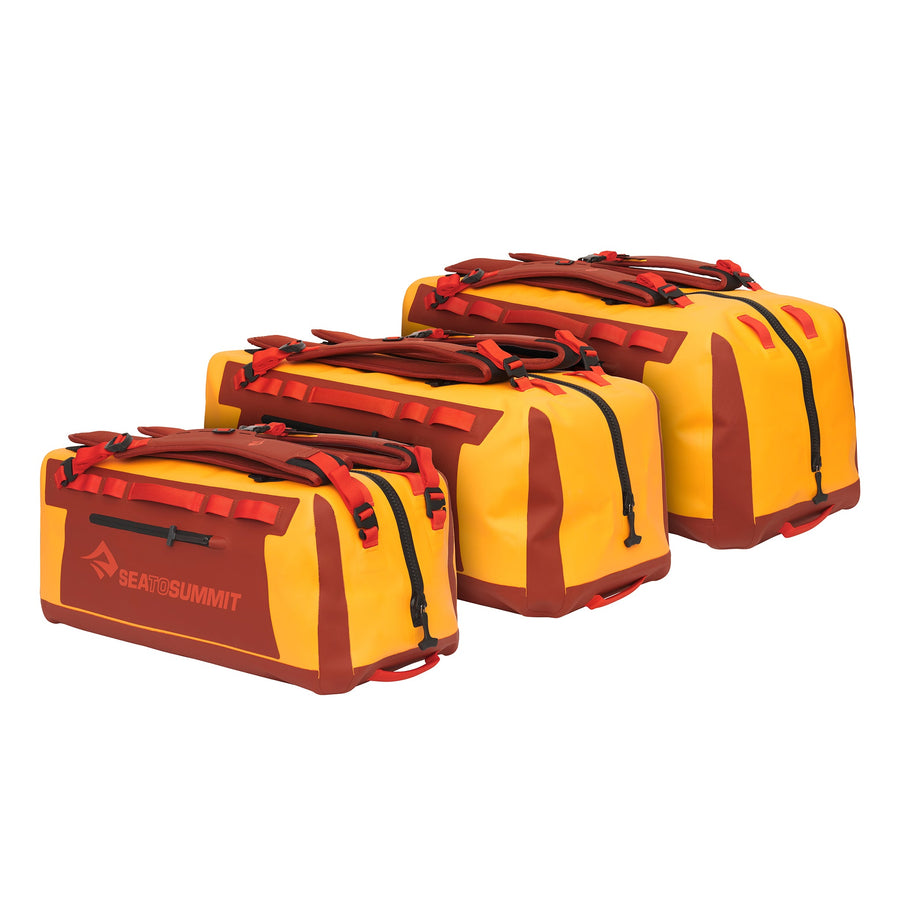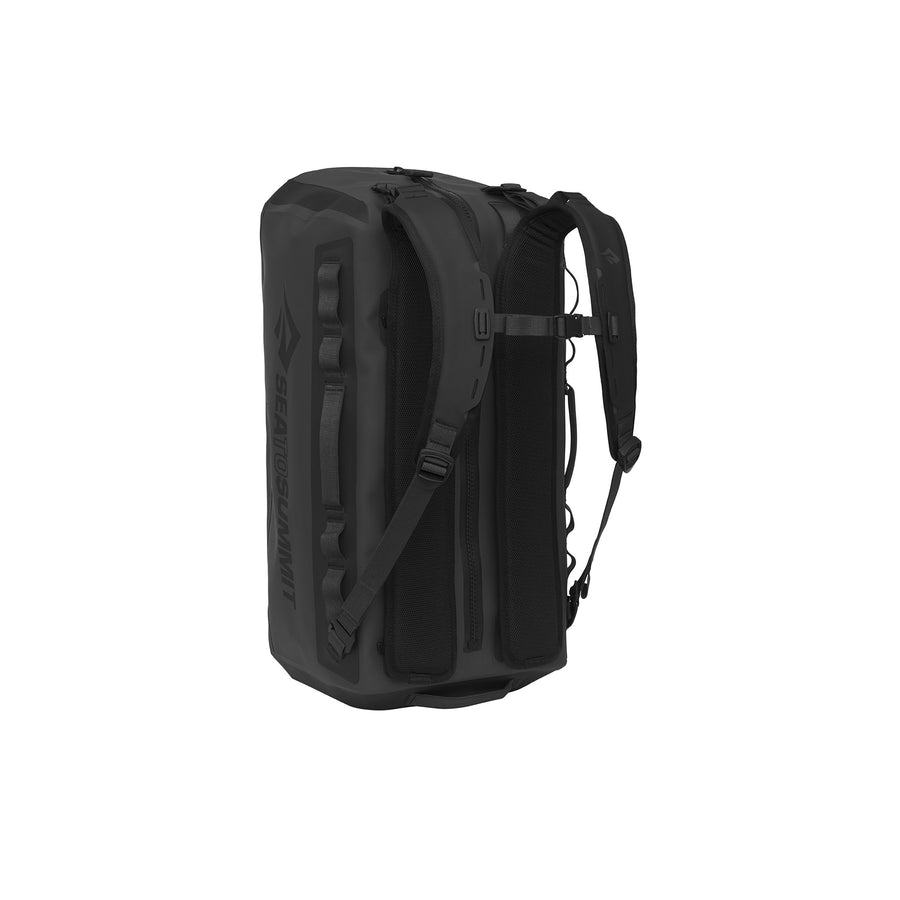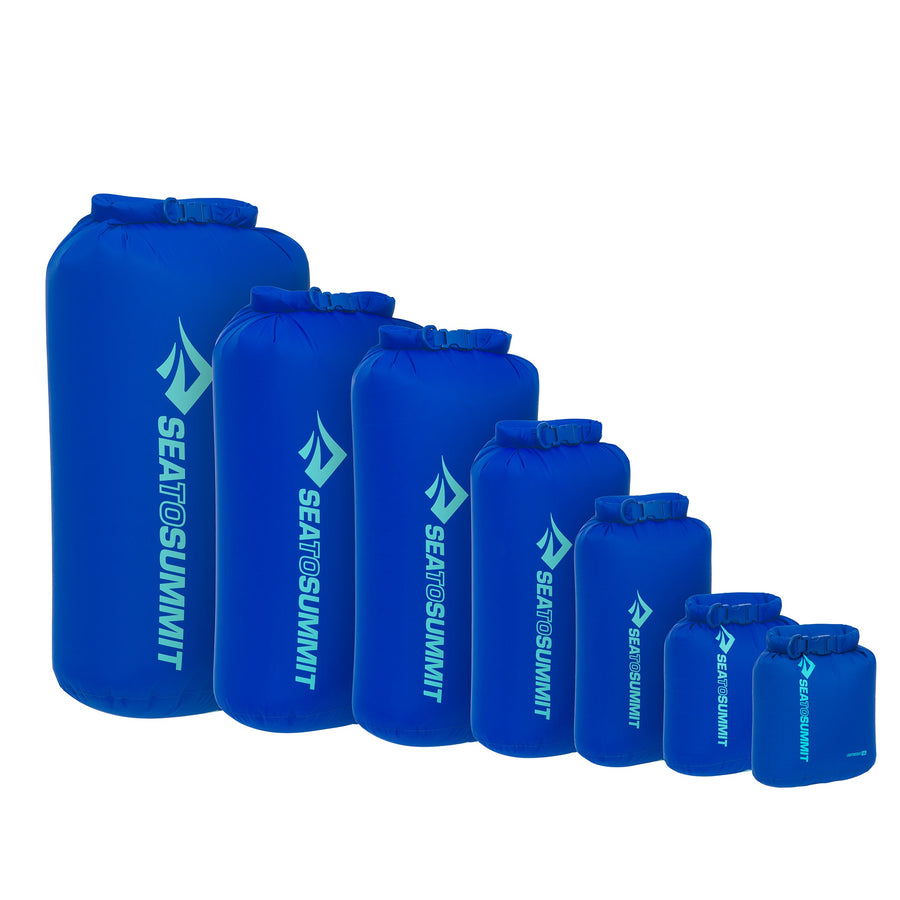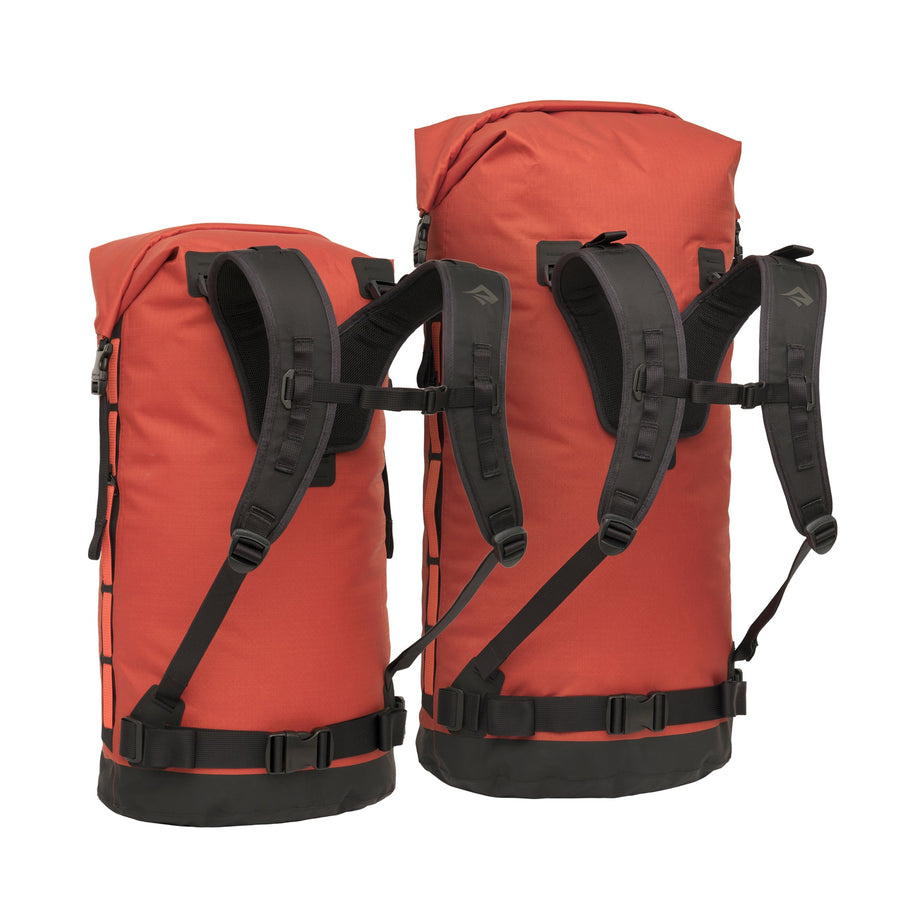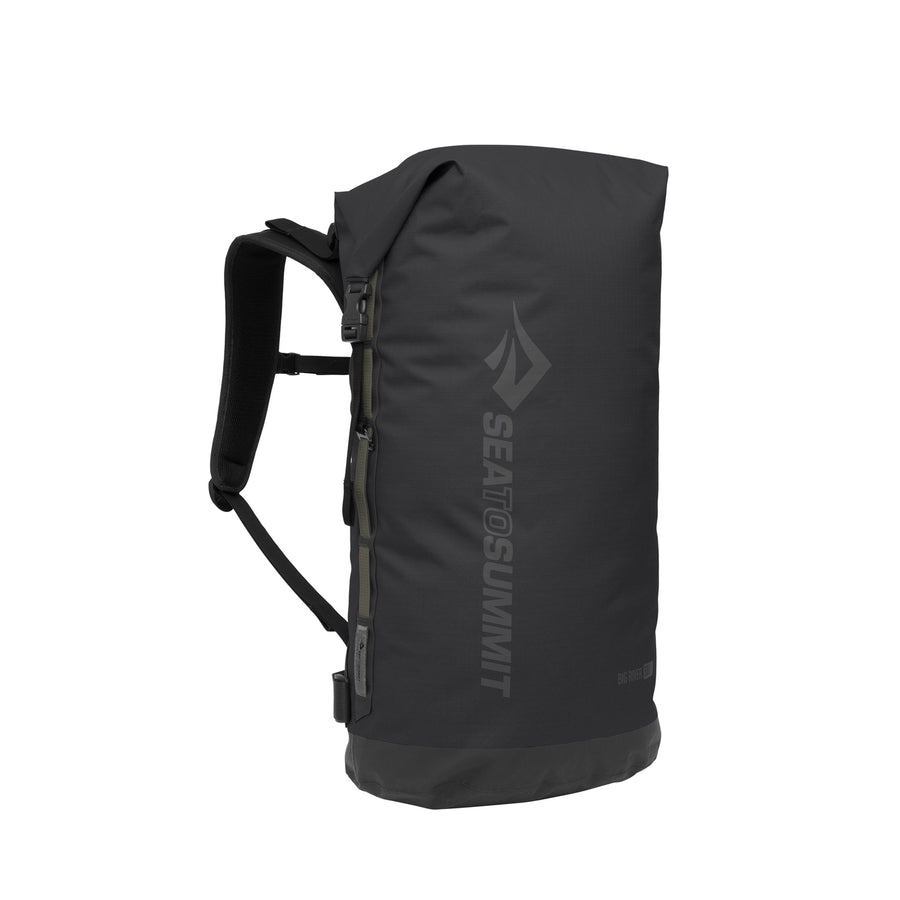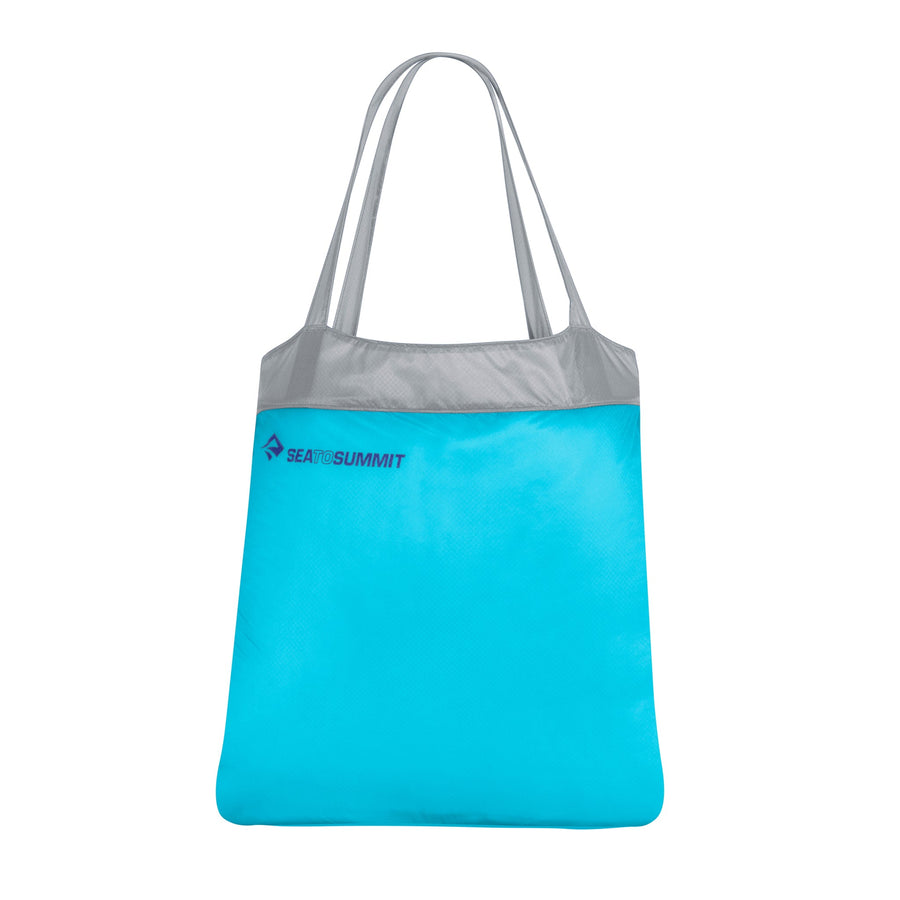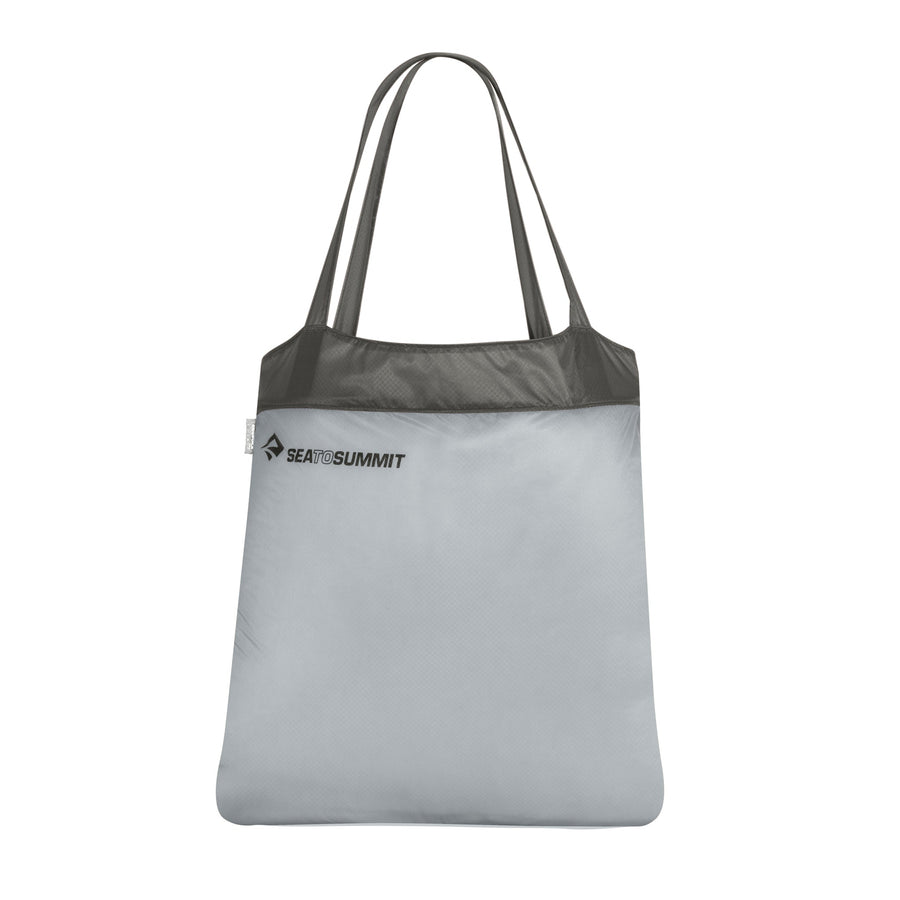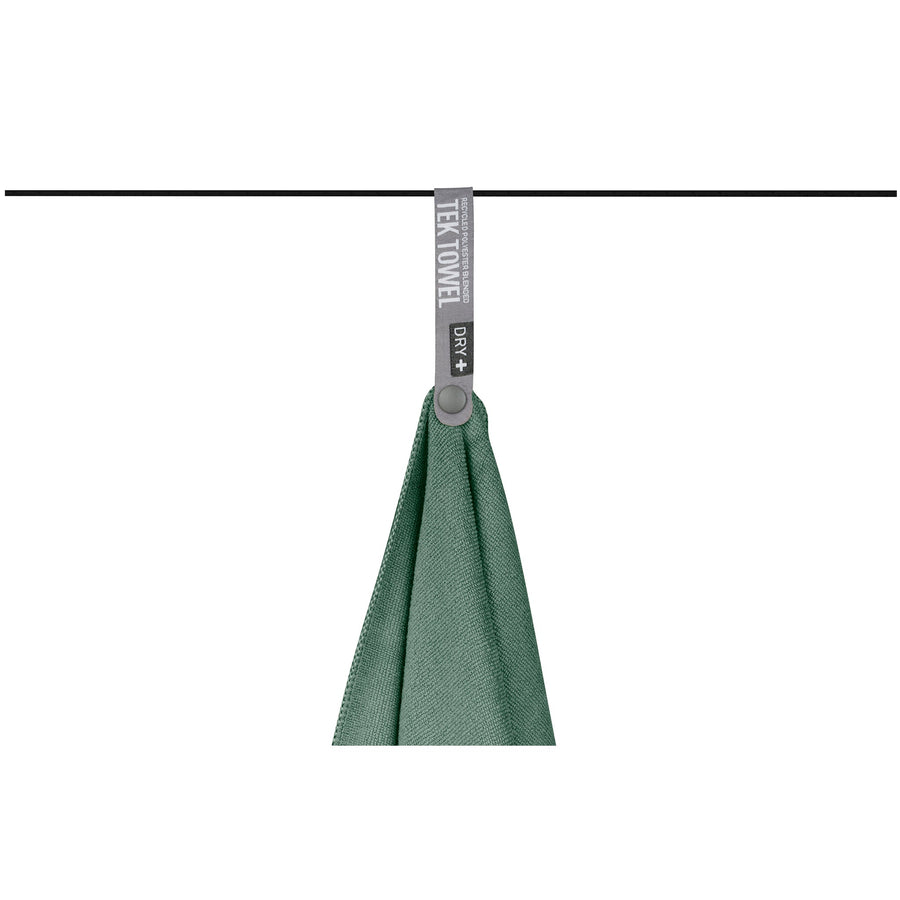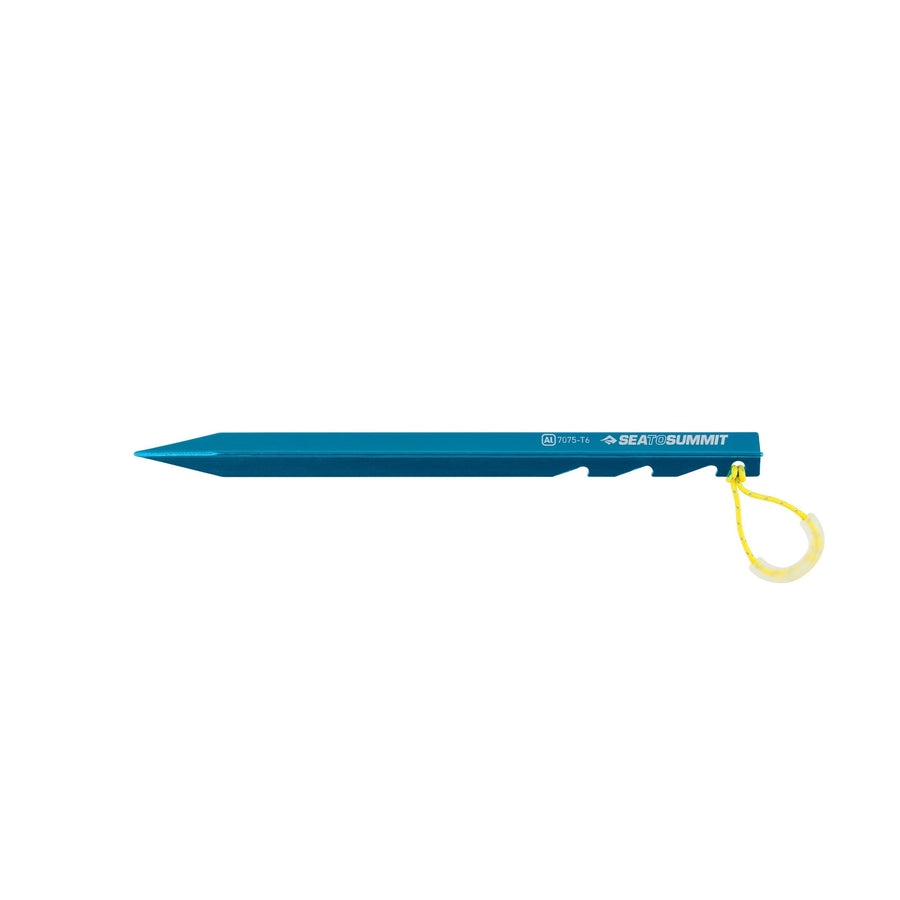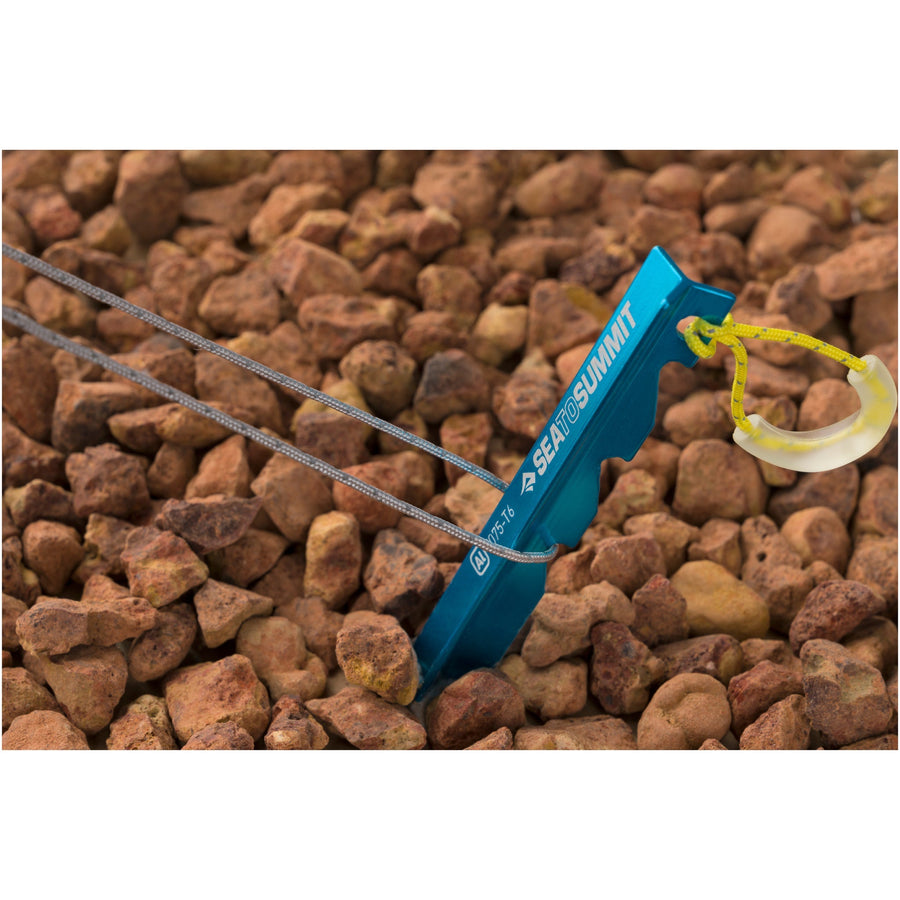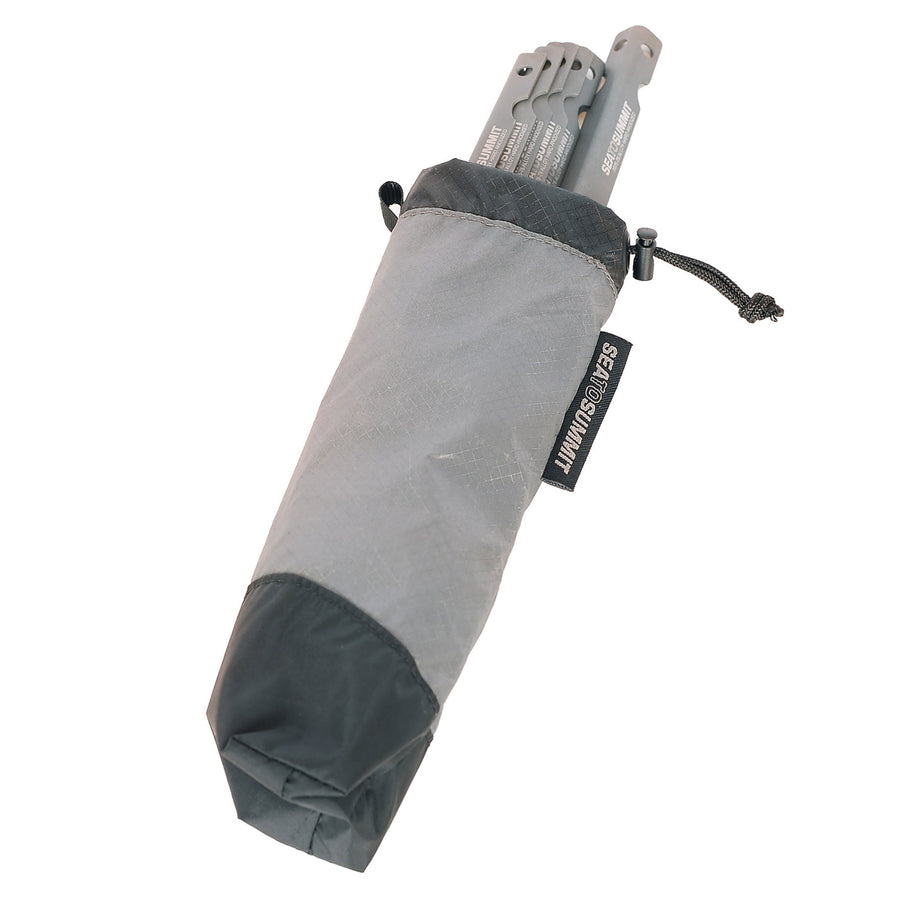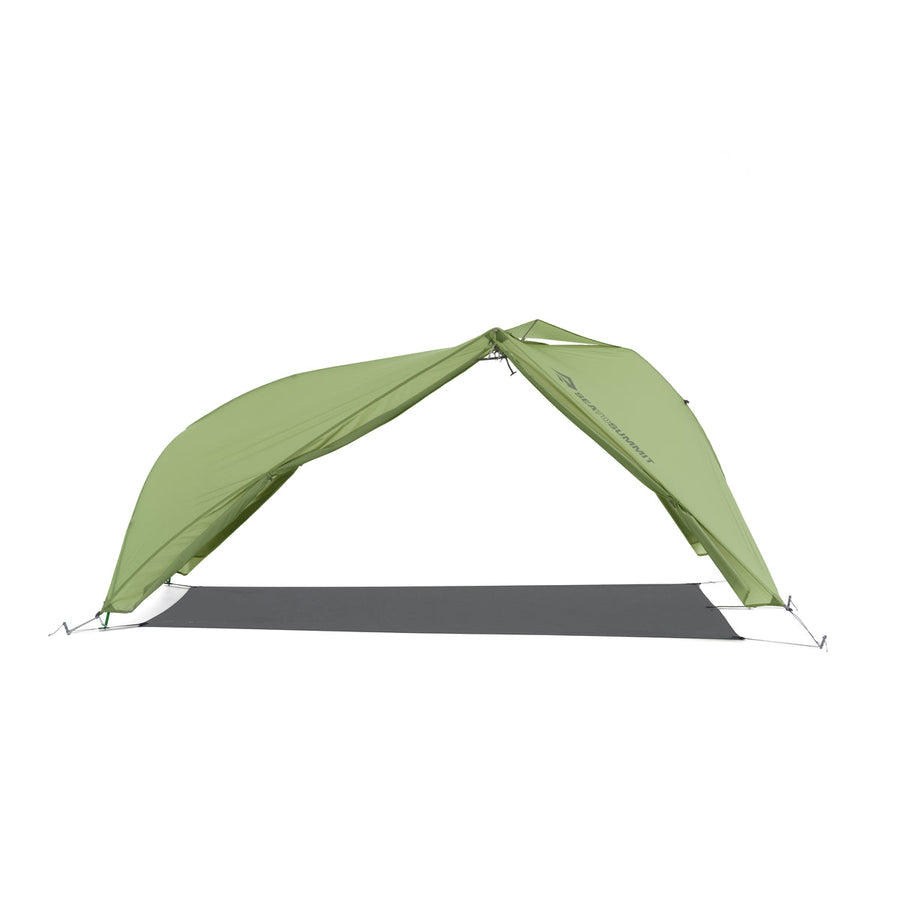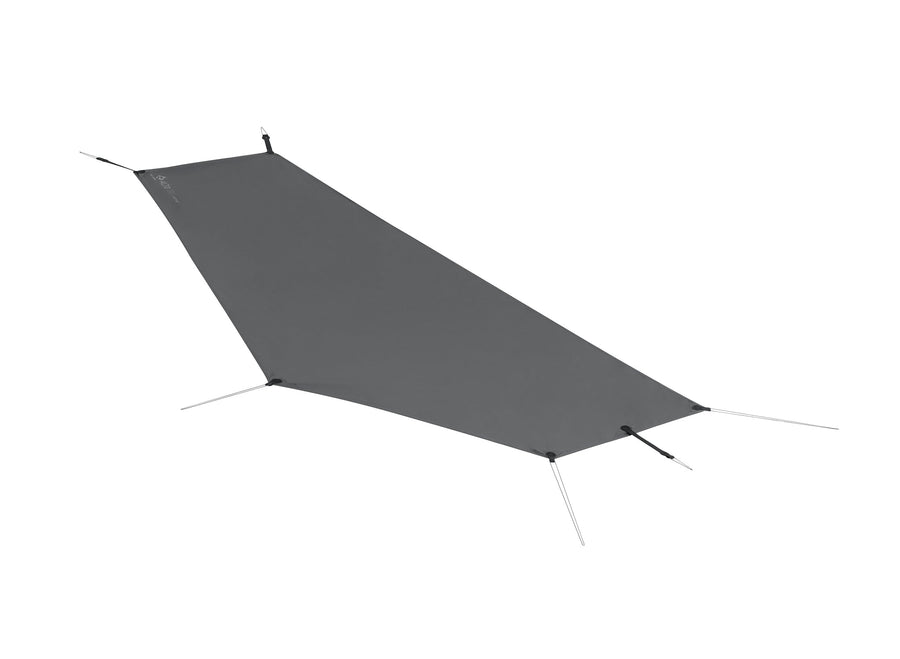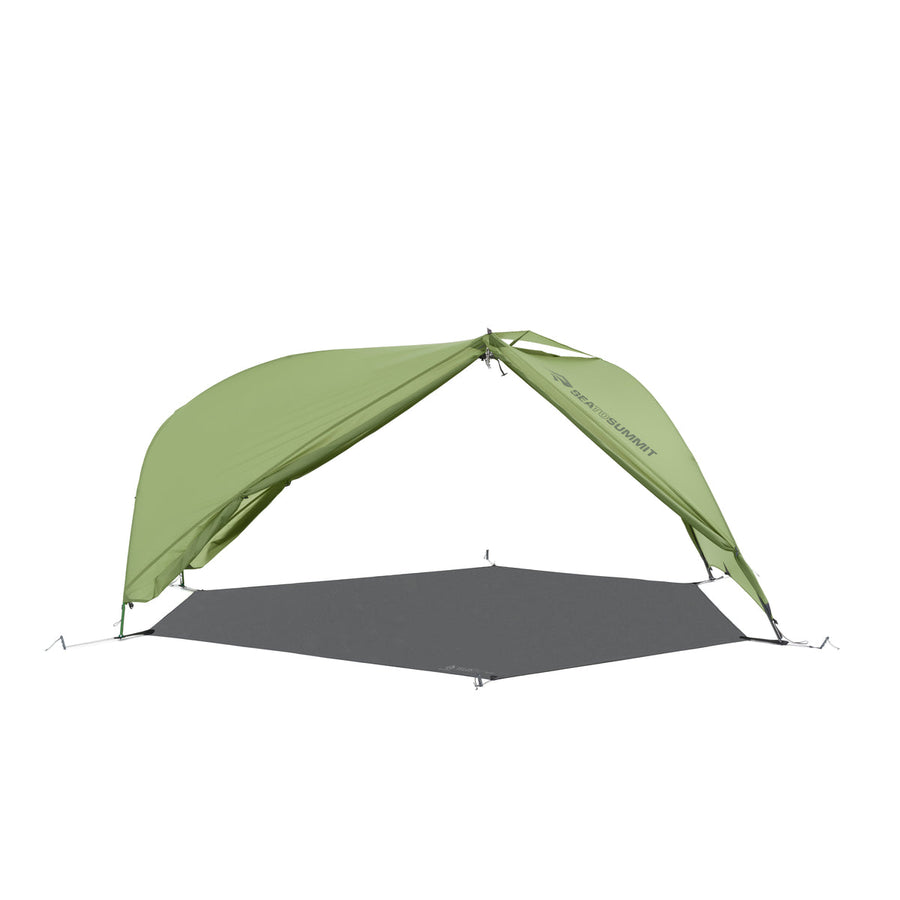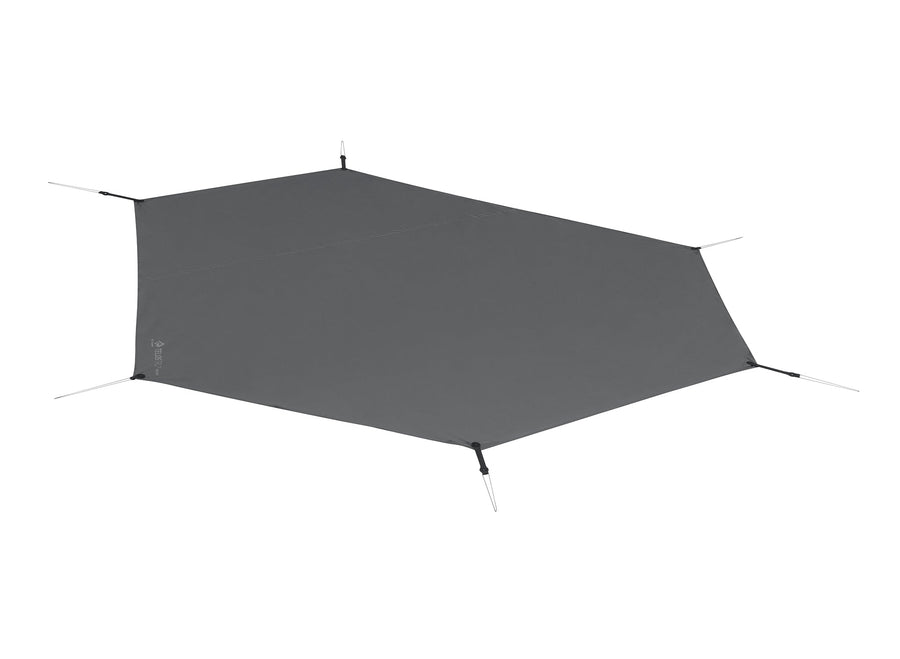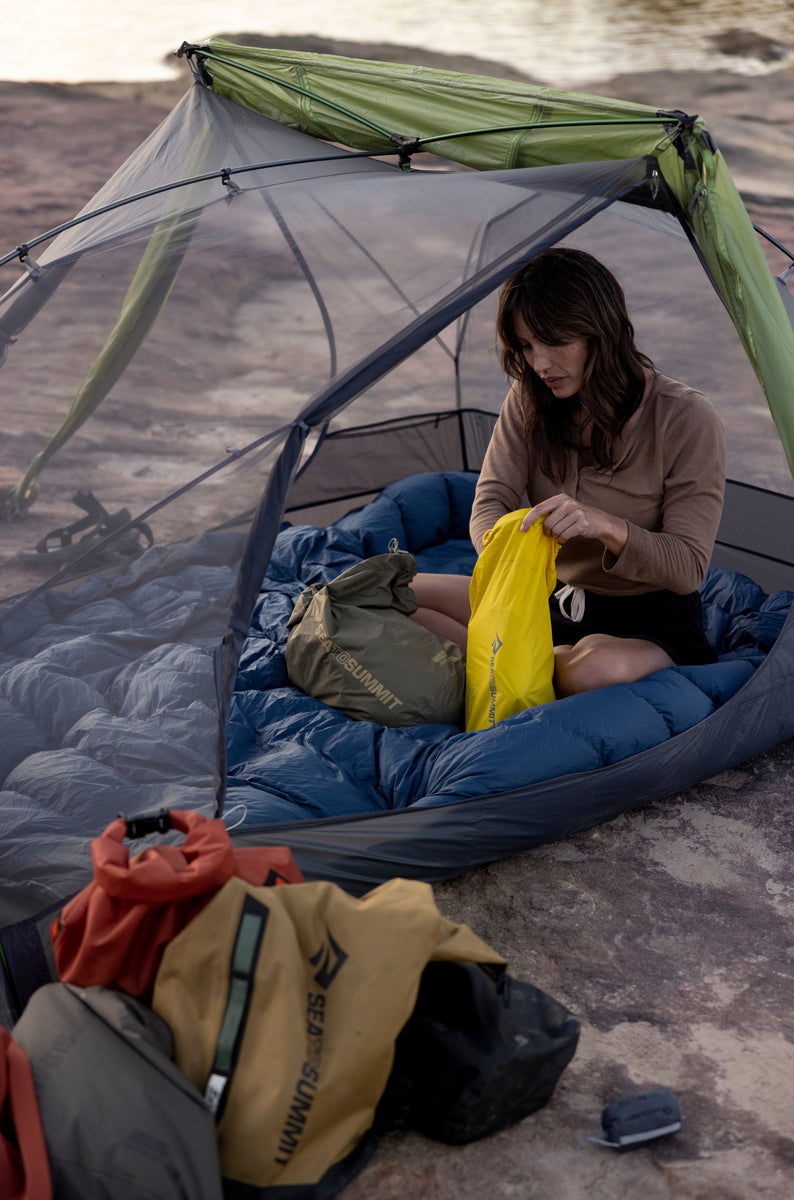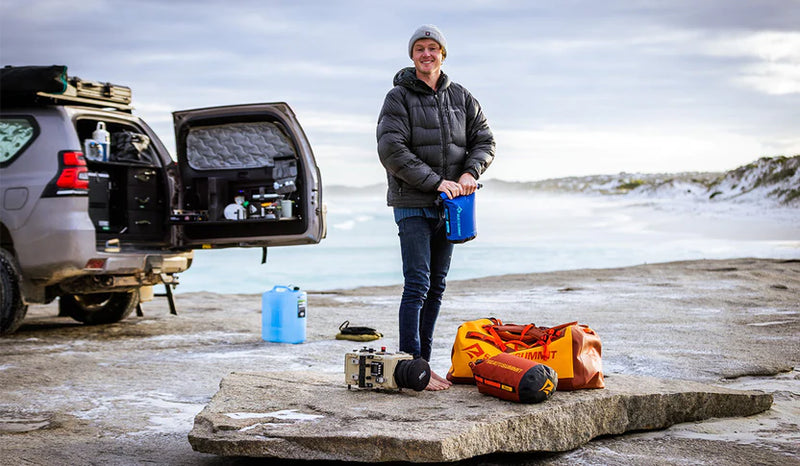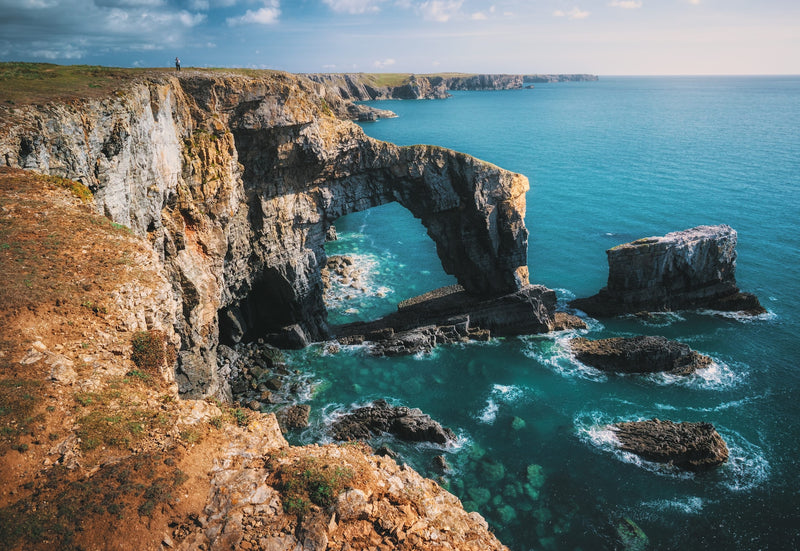This too shall pass: The 1000km mark of the Te Araroa
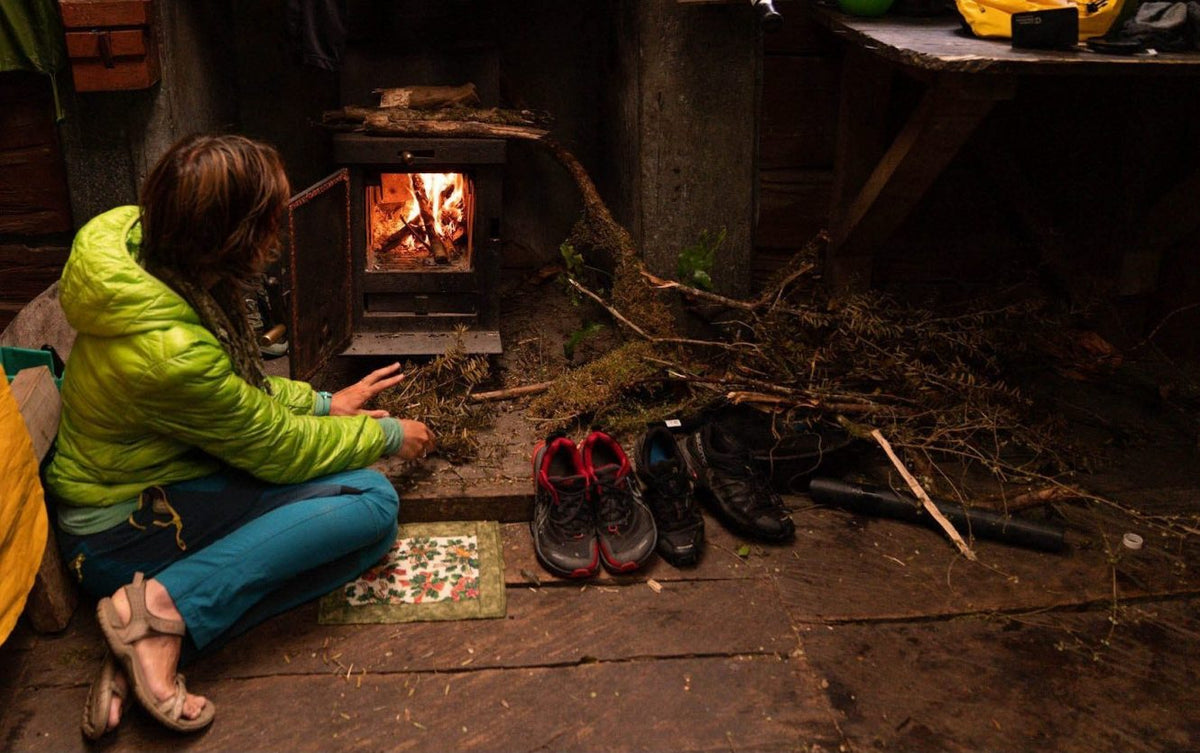
We awoke toasty and warm in the cabin. Outside, a rainstorm flooded New Zealand, causing a mudslide. Even by local standards, it was a doozy.
I had intended to sleep outside that prior night. My tent was set up—I’d even climbed into my sleeping bag. But when a car pulled up at 7.30pm and offered us all a cheap cabin and a hot shower, we couldn’t resist. Especially when we were told the rain was getting worse.
When I returned to camp that next morning to pack my tent down, I noticed my trekking pole had blown over in the night, leaving a nice puddle inside. Well, everything’s going to get wet again anyway, I told myself as I shook the water out.
While I made myself a coffee inside the tent, waiting for the rain to pass, Liz, a fellow hiker, returned from the doctor.
‘Yep, it’s cellulitis,’ she said, pointing at her swollen foot, with a little blister that had gotten badly infected. It had come on so suddenly the night before that everyone had been seriously worried.
The things I worry about in New Zealand are definitely not what I expected. I thought I’d be worried about loneliness and mental endurance, about sore shoulders and losing too much weight. Instead, I’ve worried about stomach bugs (more than I did travelling India), whether all the peanut butter I’m eating is making me fat, about getting enough alone time to journal and whether hiking with my new friends has gotten in the way of ‘finding myself.’ Now, cellulitis has been added to the list. Especially since I ripped a piece of nail off my big toe. It hurts every time it touches anything, which is all of the time.
‘Thru-hiking is addictive. Perhaps it’s not the walking itself, but all the things the journey brings with it—the laughter, the community, the break from technology, the instant connection with fellow hikers.’
Liz packs up, her hike is on hold until her blood infection disappears. We also pack up, to start walking into the rain. After my second coffee, we realise the rain won’t let up any time soon and we all get hiking. Our spirits were low, but as soon as we enter the forest, mine shifted.
This is the effect of the beautiful, difficult TA. The rain fell through the canopy and ran over the moss and dripped onto my face. Water glistened on the leaves. It formed puddles everywhere. I tried powering through to make up for the fact we didn’t start hiking until midday, but eventually had to stop and get my camera out.
A cloud came through and mist clung to everything. My rain jacket and rain pants were plastered to my skin, and every part of me was cold. I tried hiking as fast as I could, just to stay warm(ish).



The plan had been to hike 25km to a camping spot, but when we saw the sign for the Bog Inn hut pointing down a little side trail, we knew we had to check it out. It’s the oldest Hut on the trail and worth a visit.
Once we turned off the well graded Timber Trail to the hut, everything turned to mud. I stopped trying to avoid the puddles and just sloshed straight on through until I saw smoke rising from a tiny cabin through the dripping canopy.
Others had described the Bog Inn as creepy and crawling with rats, but I thought it was charming—a tiny little cabin with four beds and a fireplace ready for a cozy night’s sleep. Unfortunately, this was made even cosier by the five people who were already inside. Claire, Marco and I brought the count up to eight.


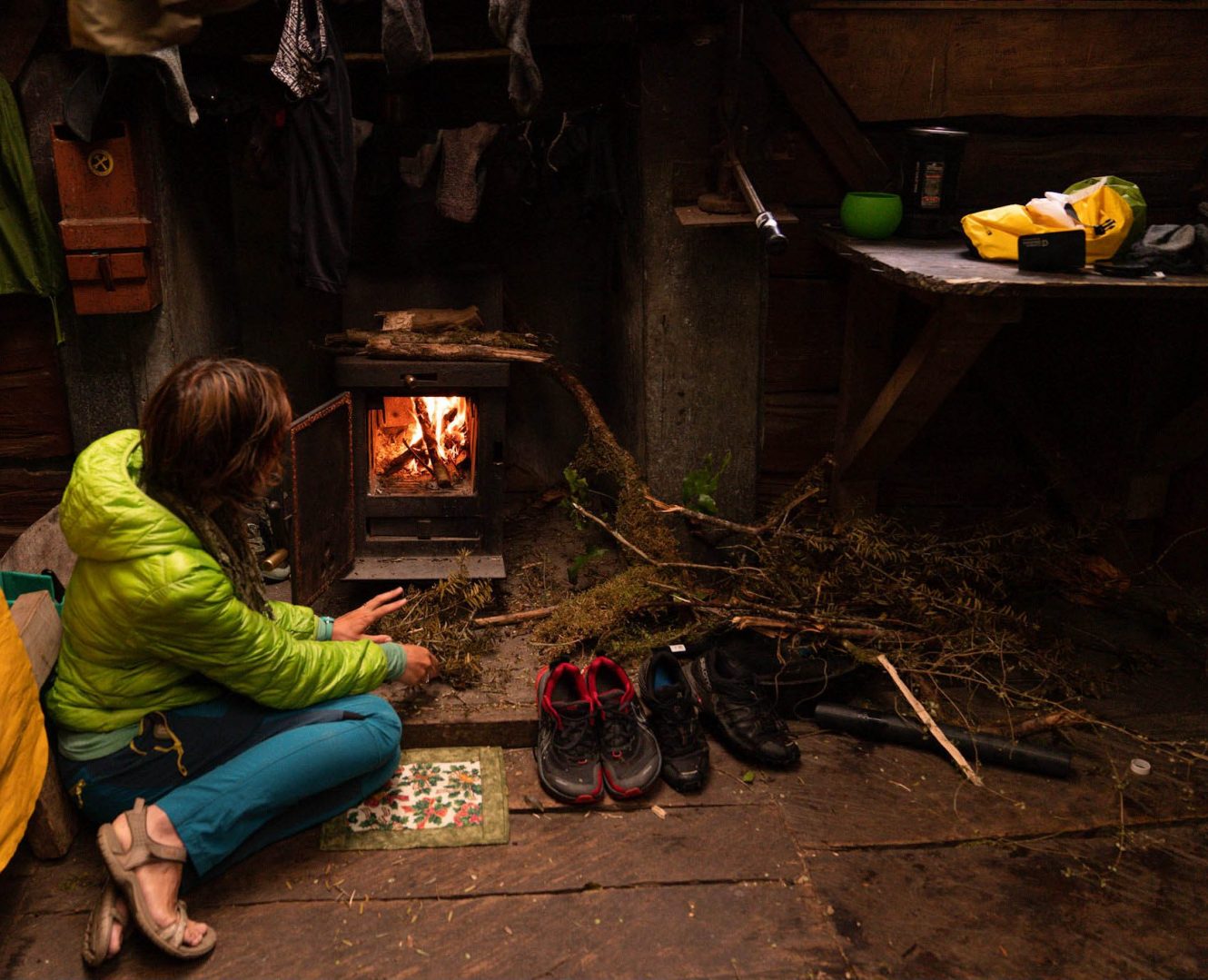
Another hour brought two more completely soaked bodies to the door, Isaiah and Eli. When push comes to shove, you’d be surprised by how many bodies can fit into a tiny room. Eli, who had only just got over the stomach bug that had wiped out half the hikers at a previous hut, selflessly offered to sleep outside under the damp porch.
Having hiked the PCT and the CDT already, he didn’t mind a rough night or two, but when he pulled out a completely soaked sleeping bag from his backpack, we knew that wasn’t happening. He went outside to wring the water out. Everybody cringed when we heard the slosh of water hit the deck.
We made room for everyone. Two couples shared two beds, two solo hikers got their own beds and four of us slotted in like Tetris blocks on the floor. Eight people religiously cleaning the mud off their open wounds and blisters—and smothering everything in antibiotic cream—before hopping into our sleep systems.
‘One third of the hike is done. Even with 2000km left to go, the finish line is now closer—and real life waits on the other side.’
Feet were near heads, heads near feet, bodies half hidden under beds. In the night there was an almighty crash when someone tripped over the bodies on the way to the toilet. Although we’d hung our food bags up to stop the rats getting to them, it didn’t stop one crawling on me during the night. To many perhaps this might sound like a bad day, but to everybody who spent a cramped night at the Bog Inn hut, it was the highlight of the trip so far.
The next morning we were trying to dry our wet socks in front of the fire, before heading straight back into the rain. Eli, wise after two and half completed thru-hikes, muses ‘the thing this teaches you, is that every terrible moment passes.’ We all nodded, no doubt thinking of the cold, sleepless nights, stomach bugs, contaminated drinking water and many other difficult moments that have come and gone.
We hit the 1000km mark soon after that and, surprisingly, the moment is tinged with sadness. One third of the hike is done. Even with 2000km left to go, the finish line is now closer—and real life waits on the other side.
Thru-hiking is addictive. Perhaps it’s not the walking itself, but all the things the journey brings with it—the laughter, the community, the break from technology, the instant connection with fellow hikers. Each day about ten weird and wacky things happen, all with life lessons wrapped up inside.
The 1000km line is always a time to take stock of how far you’ve come, in both a literal and figurative sense. Here’s ten things that have changed over the last 1000km.

1. The milestones get further and further apart
Once upon a time we celebrated 10km, 50km, 100km. Now we celebrate 500km milestones. Now we’re headed for the 1500km mark.
2. Goodbye blisters, hello callouses
My feet are a big old calloused mess, complete with one missing toenail, one dead toenail and a lot of dry, flaky skin. Nice, right? On the downside, I’ve finally started chafing.
3. I’m fascinated by how people walk
Do they have collapsed arches? What kind of shoes are they wearing? Yes, I’m willing to see any blister you’ve got—anywhere. I also get weirdly excited when people have the same shoes as me.
4. Social norms aren’t the norm
How many times have you gone to the toilet today? What colour is your pee? If I think it, I’ll ask it. Rating each of the drop toilets from 1–10 after someone uses them was the hot subject at Apple Dam.
5. My body has strengthened
The constant roaming aches and pains have lessened, or perhaps I just don’t notice them as much. I can walk 35km and not be wrecked by the end of it. I don’t fall asleep as soon as I get to camp, but can stay up late and chat about serious topics with fellow hikers—like ‘how much cheese is too much cheese?’
6. Are you looking after yourself?
I have turned into my mother, having become overly interested in my trail buddies’ hydration levels and the amount of vegetables they’re eating (also, like mum, I can only manage one glass of wine before falling asleep).
7. It’s the little things
I get excited by the simplest things, like when there’s salt in the ‘free box’ in a hostel, or when someone leaves some shampoo in the communal showers.

8. Free-pee glee
I get disappointed when I’m in a holiday park and I can’t just duck outside my tent to pee.
9. Watch me pack, watch me snack
Setting up camp and packing down in the morning has become second nature. Everything has its dedicated place in my pack, snacks in the front hip pocket, extra snacks in the ‘brain’, more snacks in my food bag, which is easily accessible.
10. This too shall pass
Every painful step, every cold night, every hungry afternoon, every headache or sore toe, every low and difficult moment will pass. Each time the next hard thing happens—like realising there’s no water at my wild camping spot, or thinking I’m almost at camp before realising there’s another 5km to go, like looking forward to a café meal and arriving ten minutes after it closes. I know that it will pass and soon these moments won’t hit as hard. On the flip side, all your amazing experiences will also pass—and you’ll be home before you know it — another reason to stop and smell the roses whenever you can.




Follow Louise’s Journey
This is the second update in a series Louise will be sharing as she walks the Te Aroroa. Read about her first leg, and keep an eye out on our social channels and blog for updates.
Read Louise’s story on the Bob Cooper Survival Course.
Read Louise’s story on preparing for the Te Araroa Trail.
PIN FOR LATER

